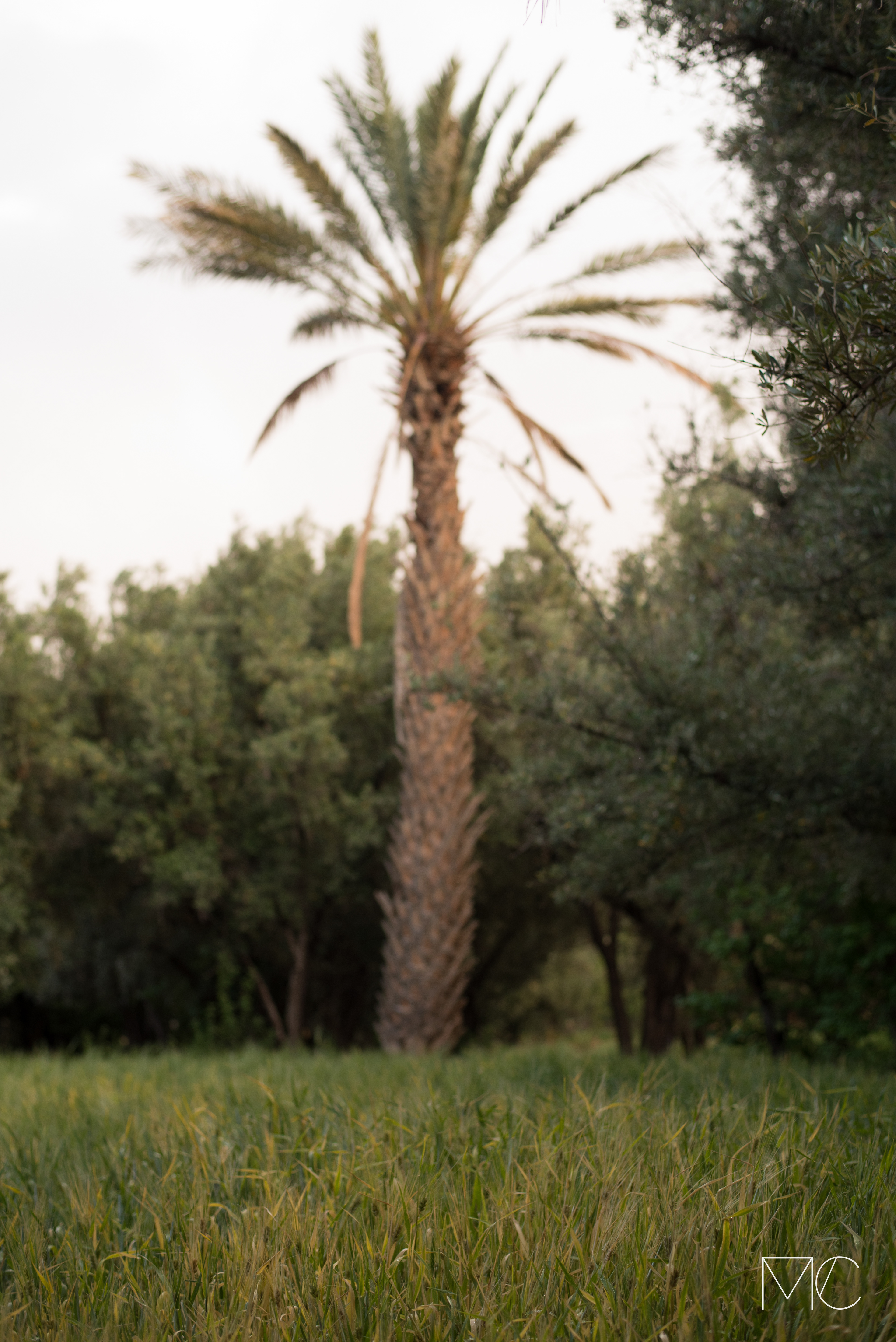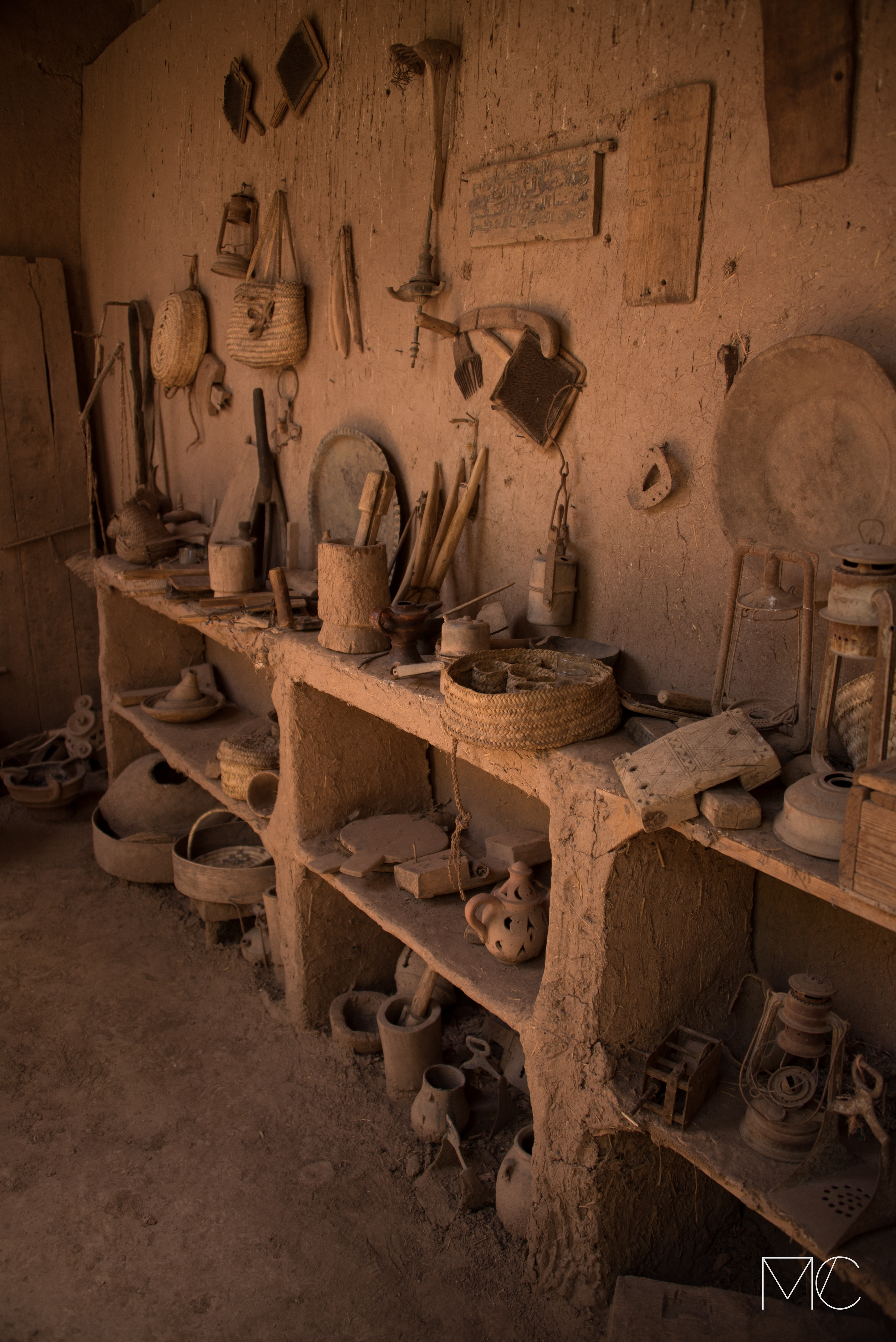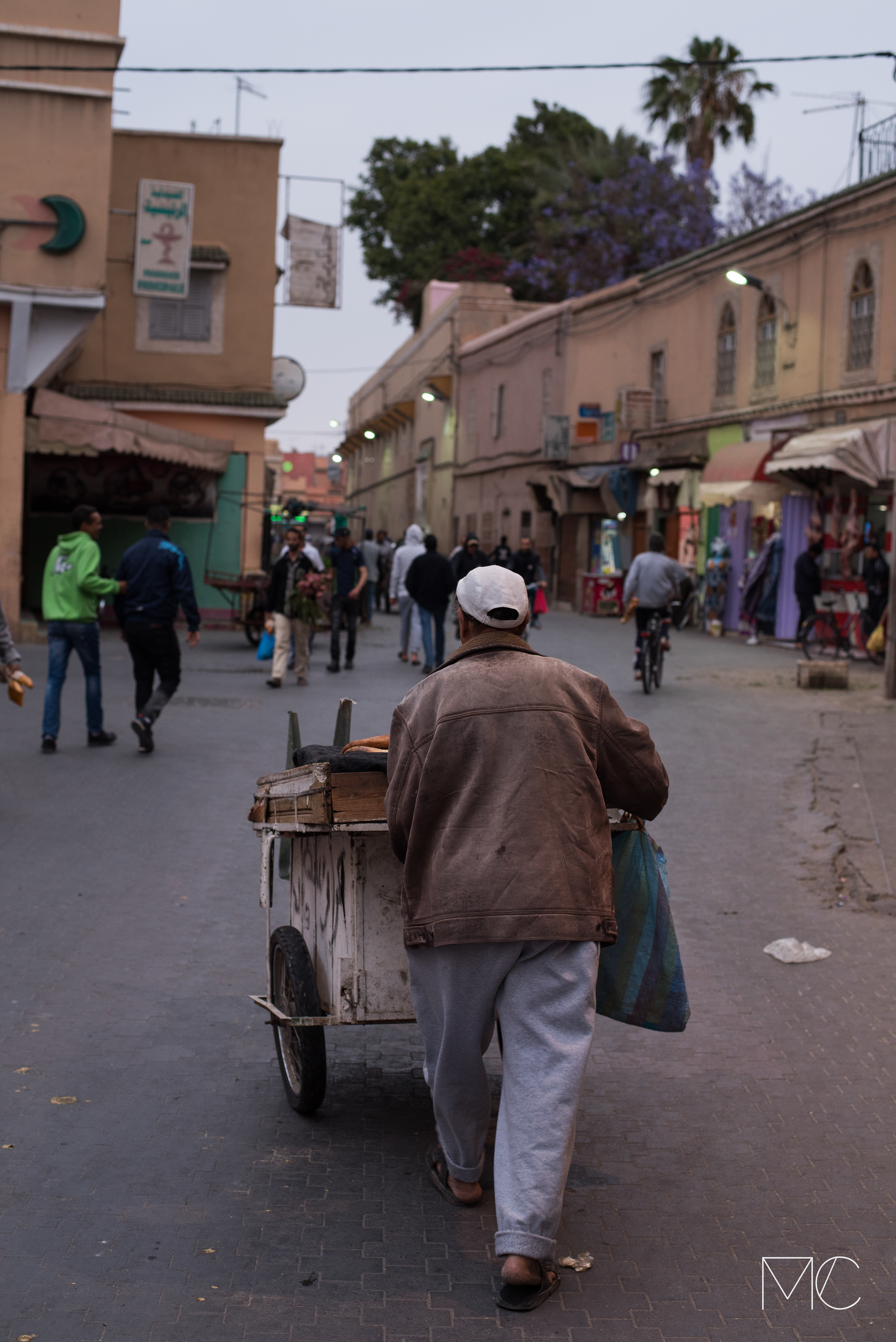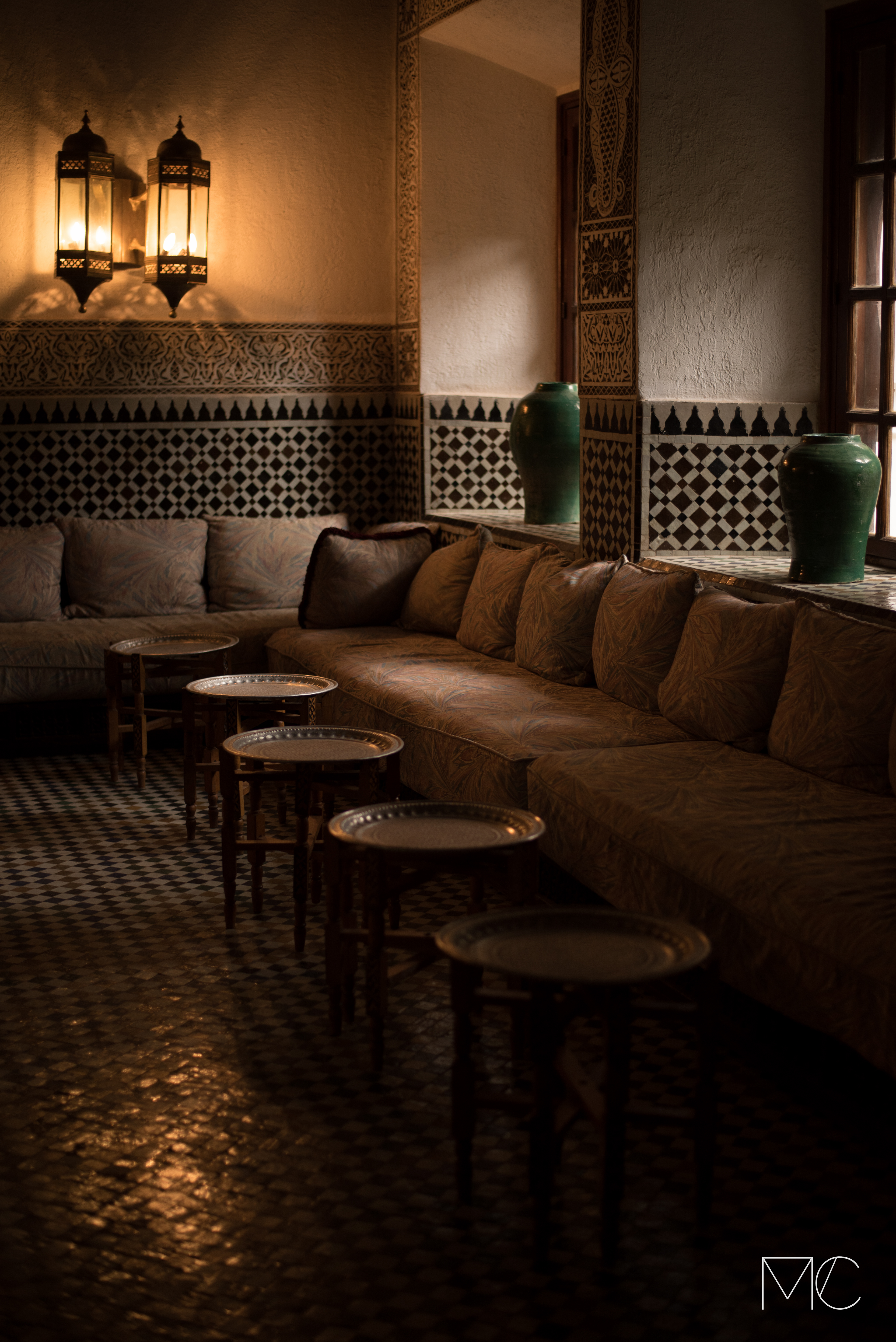The Skoura oasis and the city of Taroudant
Our first stop was the Skoura Souk (or market), where both food and hardware is sold. Above, a truck full of varied goods unloaded it's cargo onto the street. Each cardboard box contains different items for sale and the range of things this one person sold was impressive. Think about it for a second: every day, in a different village, he needs tu unpack all of his truck.
In another part of the market, food is sold. Almost everything you can buy is grown locally with no pesticides.
We then headed to the Kasbah Amerhidil which is one of the best restored Kasbahs around and was initially built in the XVII century. It is gorgeous and gives a good sense of the living conditions during the time, although the stories from our guide sometimes seemed far fetched. As a result of the well kept property, many movies have been filmed in and around it.


This is the Sidi Flah oasis, close to Skoura. With the abundance of sun and water, almost anything grows! It is a piece of paradise in this arid stone desert.
In the evening, we came back to our guest house and had a chat with the owner Thierry and Ibrahim, one of the waiters. I asked where I could have a view over the palm grove and Ibrahim proposed we go to his cousins roof for a view. You can once again see the construction materials used: dirt, even today.
The next day we hoped back in the car, destination: Taroudant. On the way there we passed through the rocky desert. Sometimes, we would see a herd of goats, slowly moving across the landscape. The road was not exactly what I would describe as busy, but still, large trucks carrying copious amounts of watermelon slowly meandered across the mountains and raced through the plains, sometimes discharging large black smoke clouds.
After having dropped a few hundred meters in altitude, we arrived closer to the coastal plains, where Tadourant sits. The trees you see in the picture above are Argan trees which only grow in the calcareous soils of the semi-arid desert and are endemic to Morocco. Sometimes, you can see goats climb up them to eat the (probably) succulent leafs. The oil made from the almonds in its fruit is used for a variety of things. The oil is said to have beneficial effects on skin diseases and for the skin and hair. The are about 80,000 square kilometres of Argan tree plantations, which represents about an eighth of France. The work to extract 1 liter of oil is tremendous: 30 kg of fruit (and it takes 50 years for a tree to mature and make fruit) and 15 hours. Today, between 2m and 3m people rely on Argania spinosa as a source of income. (Source FT, )
Below, pictures taken in Taroudant were we only made a quick one night stop. It is a city that has, unlike Marrakech, not lost its charm to the massive influx of tourism. In 2014, a bit more than 80,100 people lived there. Almost the entire city lies within walls over 6 km of them in total) which were constructed by Mohammed ash-Sheikh of the Saadi Dynasty around 1550. It became the capital of the Saadians and was used to attack the nearby city of Agadir, which was then occupied by the Portugese. Today it is a market town with two main markets: Jnane al-Jaami, the berber market that sells spices, dried fruit, clothes and household items; and the Arab Souk mainly sells handcrafts.


Bellow, a few pictures of the Palais Salam, a rundown hotel (except for a few rooms) that we shortly visited.


Part three soon to come.